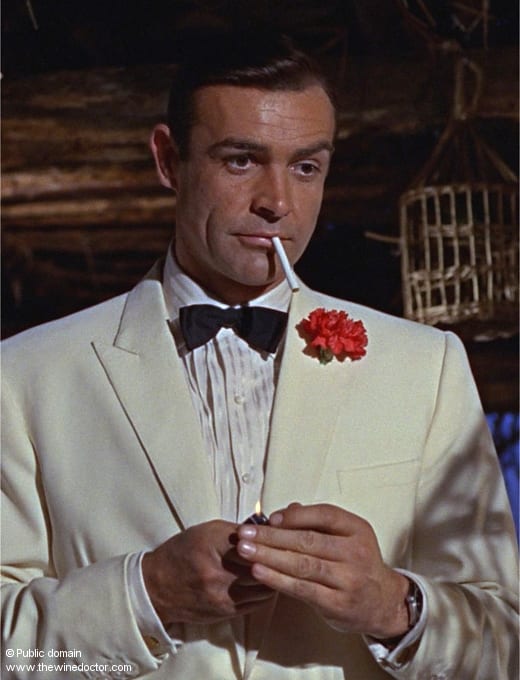Rosé d’Anjou
When in doubt, Bond always chose the station hotels. They were adequate, there was plenty of room to park the car and it was better than even chances that the Buffet de la Gare would be excellent. And at the station one could hear the heart-beat of the town. The night-sounds of the trains were full of its tragedy and romance.
The drone on the receiver had stayed constant for ten minutes. Bond noted his way to the three hotels and cautiously crept into the town. He went down to the river and along the lighted quais. He had been right. The Rolls was outside the Arcades. Bond turned back into the town and made for the station.
The Hôtel de la Gare was all he had expected – cheap, old-fashioned, solidly comfortable. Bond had a hot bath, went back to his car to make sure the Rolls hadn’t moved, and walked into the station restaurant and ate one of his favourite meals – two oeufs cocotte à la crème, a large sole meunière (Orléans was close enough to the sea. The fish of the Loire are inclined to be muddy) and an adequate Camembert. He drank a well-iced pint of Rosé d’Anjou and had a Hennessy’s Three Star with his coffee. At ten-thirty he left the restaurant, checked on the Rolls and walked the virtuous streets for an hour. One more check on the Rolls and bed.
– Goldfinger, Ian Fleming (published 1959)
Reading Goldfinger today, the realisation that James Bond chooses to drink a pitcher of ice-cold Rosé d’Anjou over a glass of gently chilled Dom Pérignon (“…if that’s the ’69, you were expecting me…”) or indeed an entire bottle of an infantile vintage of Château Angélus seems surprising. It is a reminder to us that the Bond of Fleming’s novels was less subject to product placement and cliché than the Bond of the silver screen. It is also a reminder that Rosé d’Anjou, along with the likes of Sancerre and Saumur-Champigny, was one of the classic bistro wines of the last century.
Indeed, Rosé d’Anjou was a style essentially born out of 20th century French café culture. To understand its genesis and purpose, we need to delve a little into the history of Anjou once again, shifting this time from the Chenin Blanc on which I concentrated in my guide to the Anjou appellation, to the broad mix of red varieties which has also long been planted here.

